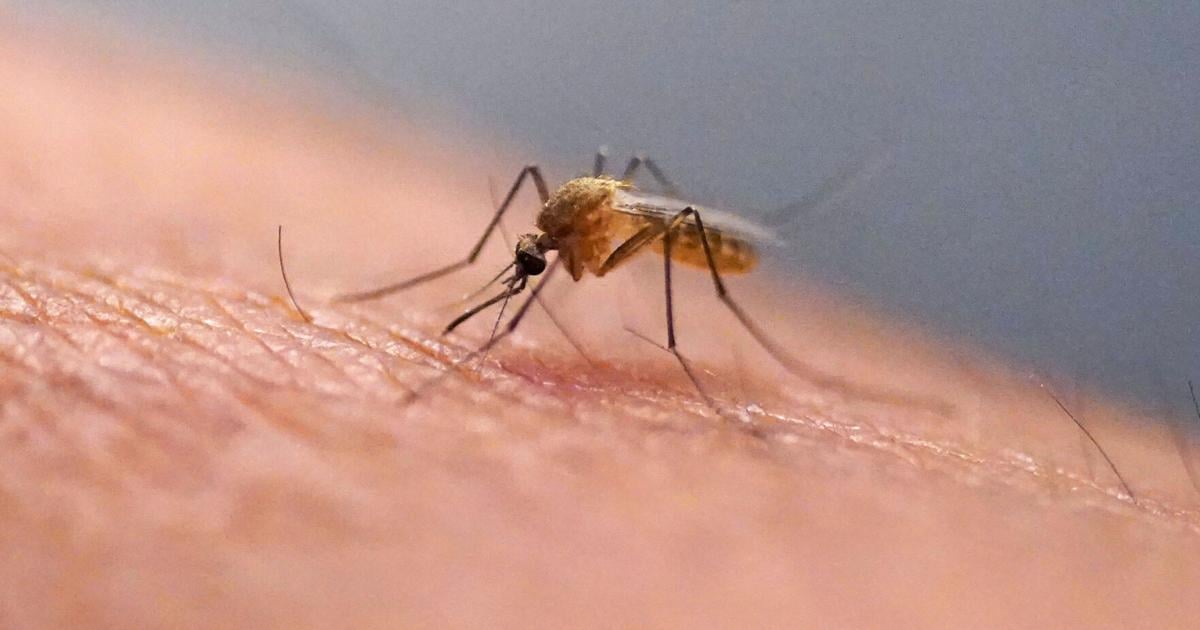A person living in the suburbs of New York City has tested positive for chikungunya, a mosquito-borne virus that is more commonly seen in South America and has not been transmitted on the U.S. mainland in a decade.
Health officials reported that the virus, which often causes fever and joint pain, was identified in a patient on Long Island who began experiencing symptoms in August. The individual had traveled outside the region but not outside the country. While the patient likely contracted the virus from a mosquito bite, it is unclear where exactly this occurred.
The virus has not been detected in local mosquito pools and is not spread directly from person to person.
### What is chikungunya?
Chikungunya is a disease caused by a virus of the same name. It was first identified during an outbreak in Tanzania in 1952. The name “chikungunya” is derived from a word in the Makonde language meaning “that which bends up,” referring to the severe joint pain it can cause.
The virus is transmitted by infected mosquitoes and typically leads to mild symptoms. Most people who contract chikungunya recover without medical intervention within one to two weeks.
### What are the symptoms of chikungunya?
Common symptoms include:
– Fever
– Muscle pain
– Nausea
– Fatigue
– Rash
In rare cases, chikungunya can cause debilitating joint pain that may last for months or even years. Severely ill patients sometimes require hospitalization due to the risk of organ damage.
According to the World Health Organization, severe cases and deaths are rare and mostly occur in babies, elderly people, or those with underlying health conditions.
### Is there a treatment or vaccine?
There is no specific treatment for chikungunya. Medical professionals focus on treating symptoms by administering medications to reduce fever and alleviate muscle pain.
Two vaccines have been approved in several regions, including Britain, Brazil, Canada, and Europe. These vaccines are primarily intended for travelers and are not yet widely available in countries most affected by the virus.
### Where does chikungunya normally occur?
Chikungunya causes regular outbreaks in Africa, Asia, and the Americas, with occasional smaller epidemics in Europe.
As of August, approximately 317,000 cases have been reported this year, including 135 deaths across 16 countries and territories, according to the European Centre for Disease Prevention and Control. The highest numbers of infections have been reported in Brazil, Bolivia, Argentina, and Peru.
### What’s happening in the United States?
The New York case marks the first locally acquired chikungunya infection in the United States since 2015, meaning the person was infected without traveling outside the country. Ten years ago, a case was identified in Texas. Two cases were recorded in U.S. territories in 2019.
This is also the first locally acquired case ever detected in New York, according to the state Health Department.
Health officials explained that the virus spreads when a mosquito bites an infected traveler, becomes infected itself, and then bites another person. The primary mosquito vector, *Aedes albopictus*, is present in parts of downstate New York.
Officials advise residents to take precautions such as wearing long sleeves and eliminating standing water from items like flowerpots to reduce the risk of mosquito bites.
However, colder nighttime temperatures currently observed in New York make transmission risk “very low,” said State Health Commissioner James McDonald.
Although locally acquired cases have been rare in recent years, the CDC has recorded numerous travel-related infections, including 199 cases in 2024 and 152 in 2023.
### Are we seeing more chikungunya outbreaks?
Yes. Outbreaks of chikungunya, along with other mosquito-borne diseases like dengue and Zika, have increased since 2000.
Robert Jones, an assistant professor at the London School of Hygiene and Tropical Medicine, noted that chikungunya was first detected in the Caribbean island of St. Martin in 2013. Over the next three years, cases were confirmed in nearly 50 countries across the Caribbean and the Americas, with more than 1 million suspected infections.
Jones attributed the rising risk of chikungunya epidemics to factors such as climate change and urban expansion.
—
**Stay informed and connected — subscribe to The Philadelphia Tribune NOW!**
—
### Community Guidelines
– **Keep it Clean:** Avoid obscene, vulgar, lewd, racist, or sexually explicit language. Please turn off your caps lock.
– **Don’t Threaten:** Threats of harm toward others will not be tolerated.
– **Be Truthful:** Do not knowingly spread false information about anyone or anything.
– **Be Nice:** No racism, sexism, or any form of discrimination degrading others.
– **Be Proactive:** Use the ‘Report’ link on comments to alert us of abusive posts.
– **Share with Us:** We welcome eyewitness accounts and additional information related to our articles.
https://www.phillytrib.com/news/health/what-is-the-chikungunya-virus-now-transmitted-in-the-us-for-the-first-time-in/article_f70b8e8b-80eb-40e0-a183-07ed77a1b48e.html
